Coracobrachialis Muscle
Table of Contents
Coracobrachialis Muscle Anatomy
The coracobrachialis muscle is the smallest of the three muscles that start from the coracoid process of the scapula. It is located at the upper and medial part of the arm (superomedial part of the humerus- Anterior Compartment of the Arm).
Muscle details
The contraction of the coracobrachialis leads to two movements at the shoulder joint. On one hand, it bends the arm (flexion), and on the other hand, it pulls the arm toward the trunk (adduction).
Origin
It arises from the apex of the coracoid process, in common with the short head of the biceps brachii.
Insertion
It inserts into the middle 5cm of the medial border of the humerus.
Nerve supply
The musculocutaneous nerve (c5-c6) supplies the muscle.
Blood supply
The coracobrachialis muscle receives its blood supply by the muscular branches of the brachial artery. The additional supply comes from the anterior circumflex humeral and thoracoacromial arteries.
Coracobrachialis muscle Action
- flexes the arm at the shoulder joint.
- adducts the humerus.
Coracobrachialis muscle Strengthening exercise
- Dips can be done to strengthen the Coracobrachialis. You can use a Dip machine or simply the edge of your couch at home. Grip the edge of the chair so that your hands are behind you and your feet are extended in front. Lower the body towards the ground by bending the elbows. Re-extend the elbows to come back to the starting position and repeat the movement.
- Low Chest Fly can also help to strengthen the Coracobrachialis. Using a cable machine, set the pulleys down to the lowest position and take a step forward in a staged stance. Start with your hands down at your sides and simultaneously elevate both wrists up to mid-chest height. Lower the wrists back to the starting position and repeat the movement.
- Chin Ups can engage the Coracobrachialis as you are performing flexion and adduction of the arm.
Coracobrachialis muscle Stretching Exercise :
1. Sitting Stretch :
- Sit on the floor with the legs straight.
- While keeping the arm straight, place the palms (with the fingers pointed backward) on the floor about one foot behind the hips.
- While keeping the arm straight, lean backward towards the floor.
Clinical Significance
The overuse of the coracobrachialis can lead to muscle hardening. Common causes include, bench pressing with extremely heavy weights and carrying heavy loads with hanging arms. A typical symptom is Shoulder pain and arm, radiating down to the back of the hand. And In severe cases, the musculocutaneous nerve, which goes through the coracobrachialis, can become trapped. Clinically, the affected patients show skin sensation disturbances on the radial part of the forearm and a weak elbow flexion, as the nerve also supplies the biceps brachii, and brachialis muscles. An actual rupture of the coracobrachialis is extremely rare.
FAQs
The front (or front) compartment of the upper arm includes the coracobrachialis muscle. At the glenohumeral joint, which is positioned in the shoulder, it is responsible for shoulder flexion (i.e., movement to reduce the angle between limb and joint) and adduction (i.e., a movement towards the center of the body).
A muscle in the anterior compartment of the upper arm is called the coracobrachialis. Attachments: arises from the scapula’s coracoid process. The muscle connects to the medial side of the humerus shaft through the axilla (at the level of the deltoid tubercle). Arm flexion at the shoulder serves a purpose.
One of the three muscles that arise from the coracoid process of the scapula is the coracobrachialis muscle. The superomedial region of the humerus is where it is located.
The coracoid process and the brachial area are the two locations where the coracobrachialis muscle originates and inserts, respectively, and are named accordingly. Flexion and adduction of the arm are mostly accomplished by this muscle.

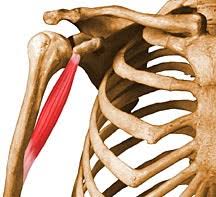

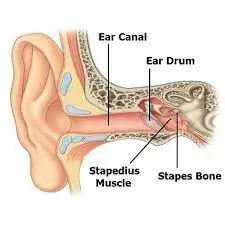
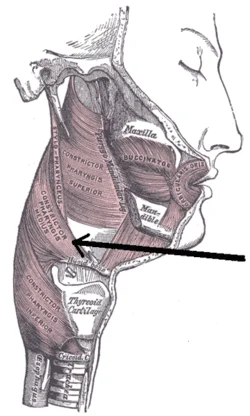
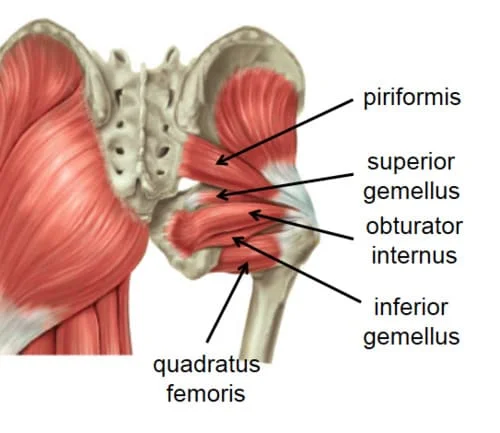
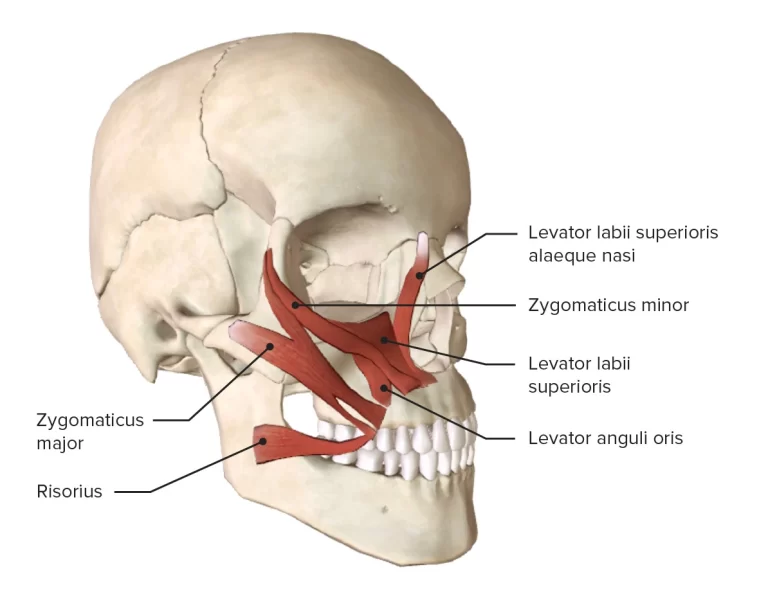
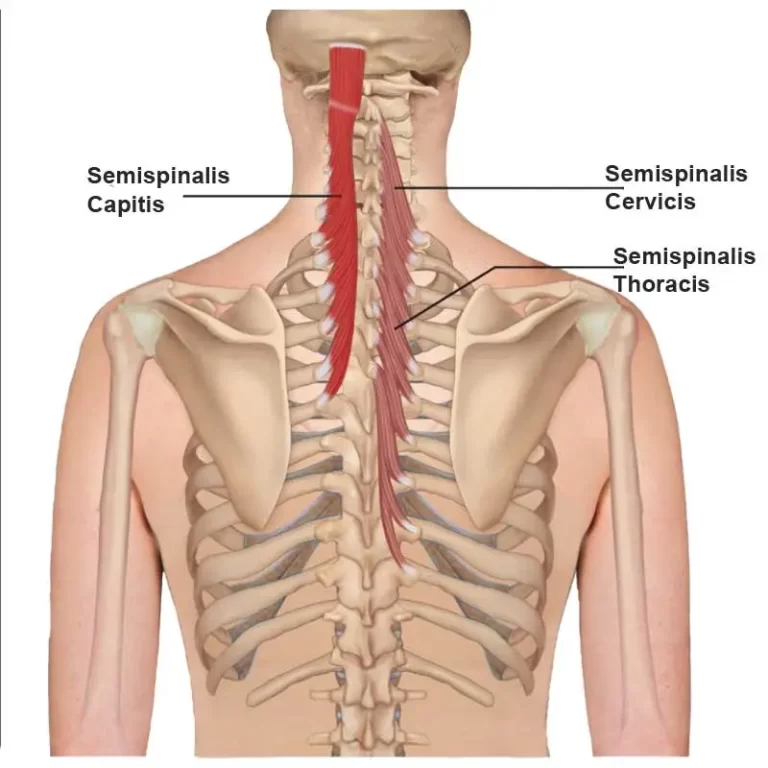
4 Comments